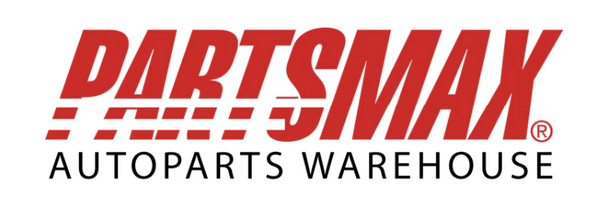A vehicle's grille contributes more than just to its aesthetic appeal; it plays a significant role in the car's performance by allowing airflow to the engine compartment. Owners might need to replace their vehicle’s grille for various reasons, including damage from accidents, desire for an upgrade, or a wish for customization. This guide aims to walk you through the process of replacing your vehicle's grille in a detailed, step-by-step manner.
Preparation for Grille Replacement
Tools and Materials Needed
Before you begin, ensure you have all the necessary tools and materials. You'll need a new grille, screwdrivers, pliers, and possibly a set of wrenches. Depending on your vehicle model, additional tools may be required.
Choosing the Right Grille
Selecting a grille that fits your vehicle model and aligns with your aesthetic or performance preferences is key. Research your options and consider material, durability, and design factors.
Safety Precautions
Working in a safe environment is paramount. Ensure the vehicle is parked on a level surface, the engine is cool, and you have ample lighting. It's also wise to wear protective gloves to prevent injuries.
Removing the Old Grille
Step-by-Step Instructions
- Open the hood to gain access to the grille.
- Locate and remove any front panel pieces if necessary to reach the grille fasteners.
- Carefully remove all fasteners, clips, or screws holding the grille in place. Keep these components as you may need them to install the new grille.
- Gently pull the grille away from the vehicle, being mindful not to damage surrounding areas.
Preparing the Area for the New Grille
Cleaning and Inspecting
Once the old grille is removed, clean the grille area thoroughly. Inspect for any damages that might interfere with the installation of the new grille.
Making Necessary Adjustments
Adjust any components that may hinder the new grille's installation, ensuring there's a clear path for a smooth fit.

Installing the New Grille
Step-by-Step Installation Guide
Align the new grille with the vehicle's mounting points. Secure the grille using screws, clips, or fasteners. If your new grille comes with its own fasteners, use those instead of the old ones. Double-check that all parts are tightened and secure to prevent any rattling.
Tips for a Successful Installation
Make sure the grille is evenly installed and functions as expected. An uneven grille can detract from your vehicle's appearance and may even impact functionality.
Finishing Touches
Reattach any components that were removed during the grille replacement process. Perform a final check to ensure everything is securely in place and the grille does not affect the hood's opening and closing.
Maintenance Tips for the New Grille
Regular maintenance is recommended to keep your new grille in pristine condition. Clean it regularly to prevent dirt and debris from building up, which could affect its appearance and functionality.
Ready to give your vehicle a new look or enhance its performance? PartsMax is your go-to source for quality aftermarket auto parts. Whether you're undertaking a DIY project like a grille replacement or looking for other vehicle enhancements, we have a wide selection of parts to fit your needs. Browse our extensive online catalog or visit our showroom in Miami for personalized assistance. Don't wait—transform your car with PartsMax today! - View our grilles inventory
Frequently Asked Questions (FAQ)
Q1: How often should I replace my vehicle's grille?
A1: The need to replace your vehicle's grille depends on its condition and your personal preference. Typically, a grille needs replacing due to damage or if you're looking to upgrade your vehicle's appearance. There's no set timeframe, but inspecting your grille regularly for any signs of wear and tear is wise.
Q2: Can I install an aftermarket grille on any vehicle?
A2: Yes, you can install an aftermarket grille on most vehicles, but ensuring that the grille is compatible with your vehicle model is essential. It's advisable to check the specifications and possibly consult with a professional to confirm compatibility.
Q3: Do I need professional help to replace my vehicle's grille?
A3: While professional help is not necessary for everyone, it depends on your level of mechanical skill and comfort. Many vehicle owners successfully replace their grilles by following detailed guides like this one. However, if you're unsure, consulting a professional is recommended.
Q4: Are there any legal considerations when changing my vehicle's grille?
A4: Yes, depending on your location, there might be regulations regarding the types of modifications you can make to your vehicle. It's crucial to check local laws and ensure any changes, including grille replacement, comply with these regulations.
Q5: How do I maintain my new grille to ensure it lasts?
A5: Regular maintenance is key to keeping your new grille in top condition. This includes routine cleaning to remove dirt and debris, checking for and immediately addressing any signs of damage or wear, and ensuring it's properly secured to your vehicle to prevent rattling or loosening over time.
Conclusion
Replacing your vehicle's grille can be a rewarding DIY project that enhances your car's look and performance. By following the steps outlined in this guide, you can take pride in having successfully completed a vehicle upgrade on your own.

